If you have some space left in your yard, one way to utilize the area is to convert it into an outdoor kitchen. This will allow you to cook and dine outdoors as well as have a great place to entertain your family and friends. You can host BBQ cookouts, have afternoon parties, or just enjoy eating outdoors under the starry sky or during a sunny day.
Whether you have a big or small yard, you can have an outdoor kitchen, since it can be as simple as having some chairs, a table, and a grill. You can also have a fully-functioning outdoor kitchen complete with all the features and appliances.
That’s why there are a lot of things to consider when building an outdoor kitchen. You have to choose the materials and features to install. Here are some tips so that you can plan and design the perfect outdoor kitchen for your home.
Choosing the Materials of the Outdoor Kitchen
The first thing you need to consider is how your outdoor kitchen would look, such as the materials you will use for the hardscaping, flooring, and countertop. Not only will this determine what it will ultimately look like, but there are also different advantages or disadvantages based on what material you will use.
Hardscaping Material
The hardscaping will be one of the main factors that affect the aesthetic of your outdoor kitchen. There are different materials you can use from concrete to natural stone. To help you decide, here are some of the hardscaping materials you can use for your outdoor kitchen.
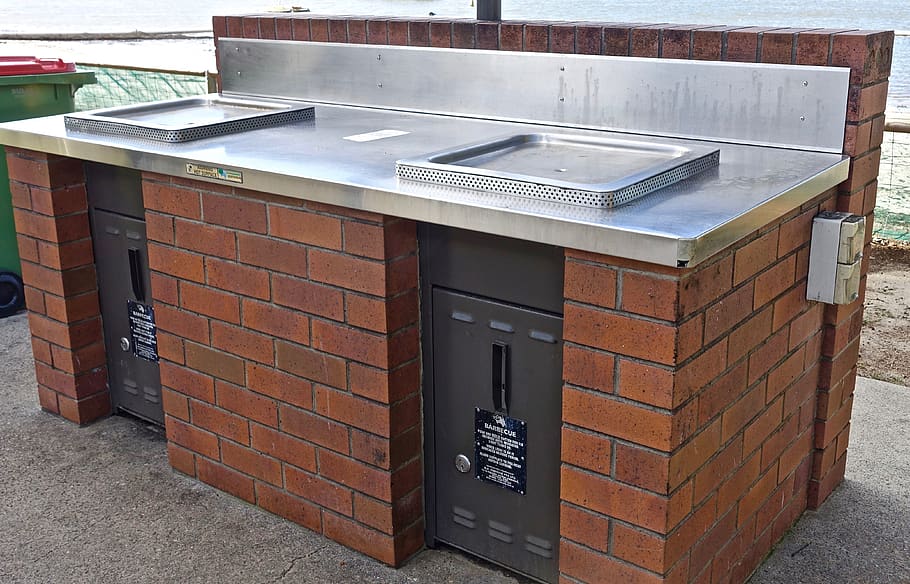
Masonry
One of the traditional looks of an outdoor kitchen is utilizing bricks as its base. This is perfect for those who have a home's exterior using a similar material. If you get this design, you may want to add a brick oven to complete the whole look.
Concrete
Another popular option for outdoor kitchens is concrete. It comes in different colors, patterns, and textures. The installation is also flexible since you can use pavers, retaining wall blocks, or pour concrete.
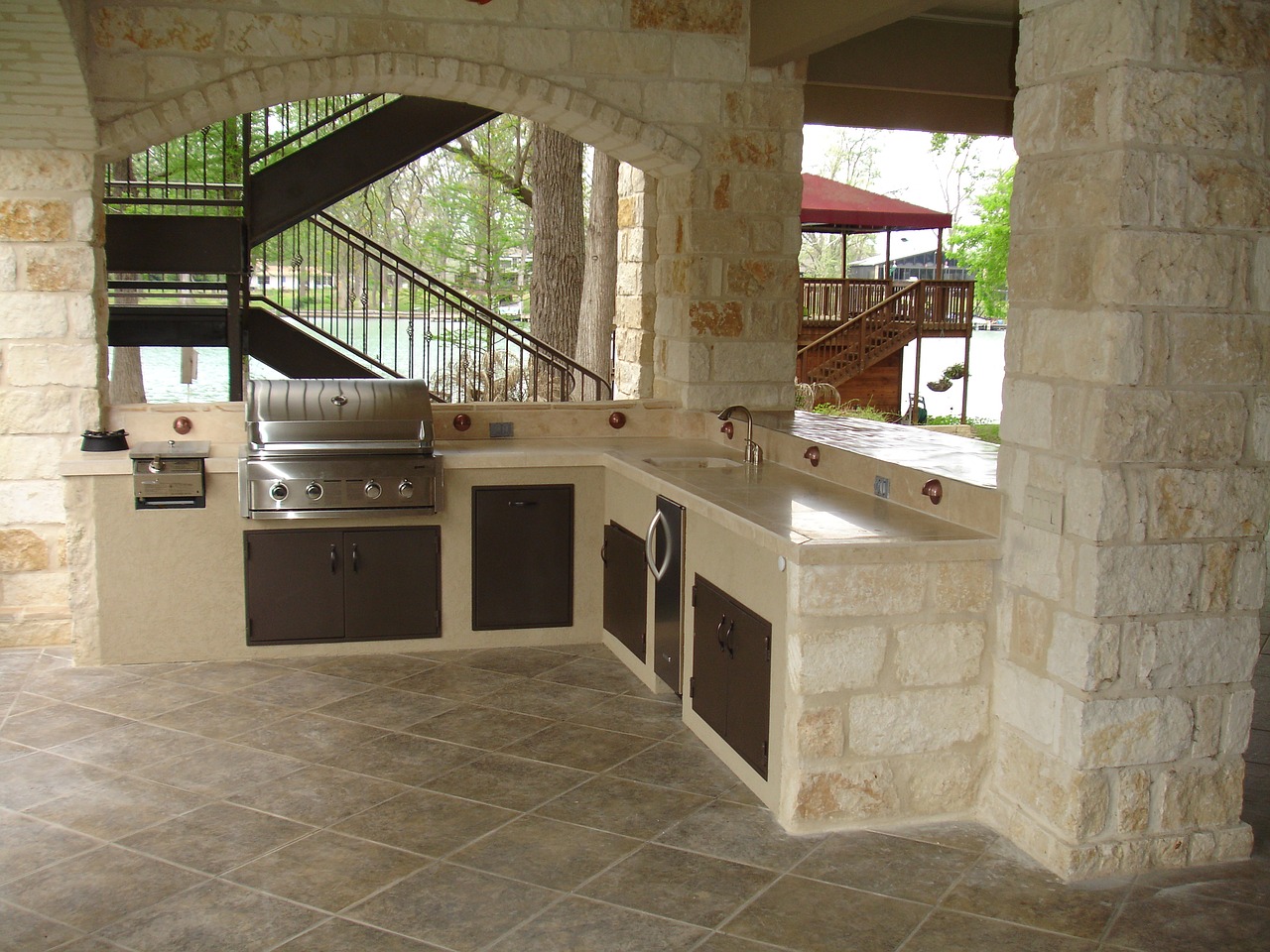
Natural Stone
If you want to give your outdoor kitchen a classic look, you can use natural stone instead of concrete. It also comes in different colors and shapes, allowing you to customize the design to your preference. There’s just something about using natural stone that screams timeless.
Wood
For a more rustic look, you can also use wood for your outdoor kitchen. There are different kinds of lumber of varying colors and textures. This material is customizable and would look great with most homes.
Take note that you are not limited to using one type of material. You can mix and match these so that you can get the perfect look for your outdoor kitchen. The important detail to remember is that the material finish complements the look of your home’s exterior as well as other landscaping features in your yard.
Flooring Material
After deciding on the hardscaping material, it’s time to choose the right flooring surface. If you want a more seamless look, you can use the same material you are going to use for other parts of your outdoor kitchen. But if you want a different look, and maybe even use a certain material for its benefits, you can mix and match as well. Here are some of the materials you can use for your flooring surface, and reasons why or why not to use them:

Brick
As mentioned above, brick is one of the materials used if you’re going for a more traditional look. It is attractive and would complement the design of most homes. It is also low-maintenance, but after a few years, it can become uneven. This means you would need to resurface or fix some parts of the flooring. Compared to other materials, brick is also more expensive, so you might have to spend more, especially when you need to fix some areas or resurface.
Concrete
Another popular material used for flooring in outdoor areas is concrete. It is not as expensive as other materials, and it’s versatile. This can be installed by pouring or using cement blocks to produce flooring surfaces with different patterns and textures. For those who will opt for pouring cement, the installation process is considered to be more difficult than when installing other materials.
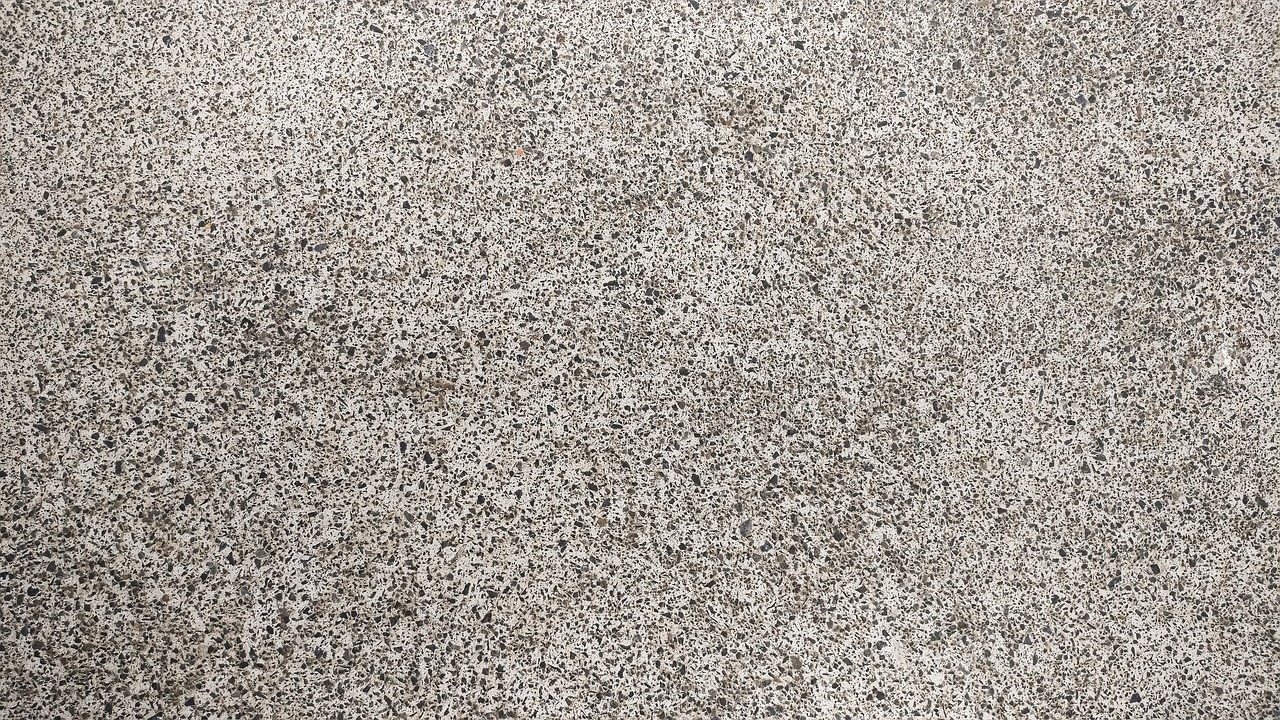

Stone
For a unique finish, stone can also be used to create an attractive flooring finish. This will give your outdoor kitchen a classic, timeless look. It can also easily complement or match the look of the exterior of a home. But if you’re going for this material, you have to be careful not to spill grease or oil while cooking or eating since stones can absorb these. You wouldn’t want to have unattractive discolored spots on your flooring, especially since you’ll be spending a little more on stones compared to other materials.
Wood
If you want a cost-friendly and attractive flooring finish, a popular material that can provide this is wood. Not only is it less expensive, but it is also easy to install and comes in varying kinds. With this material, you can customize the color, texture, pattern, and more. You will just have to spend more time and effort in maintaining wood flooring. It requires sealing and regular cleaning, which is important since wood is less durable and has a shorter lifespan.
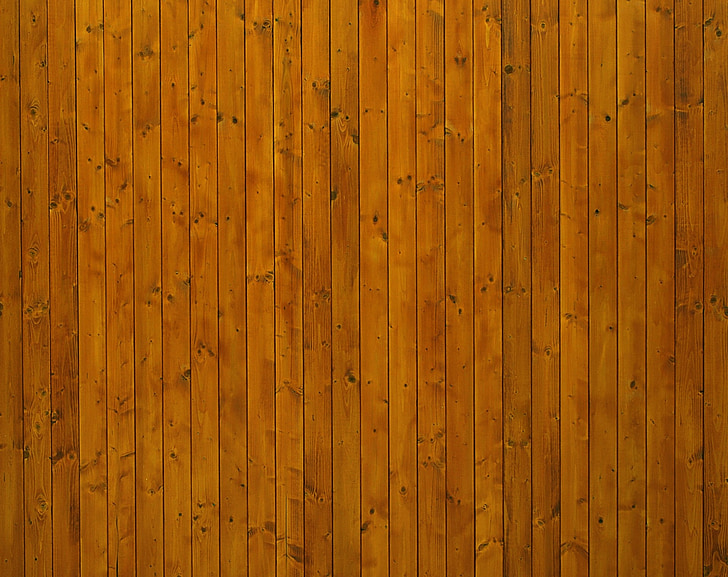

Tile
For those who like the tile-look in their indoor kitchen, you can do the same for your outdoor one. It’s a versatile option that comes with various colors, designs, and options. This material is also one of the less expensive ones. But if you’re going to use this for your flooring, you need to be more careful since it can get slippery when it’s wet. You may want to get roofing as well so that it won’t get wet from the rain.
Aside from weighing the pros and cons, check if the material will complement other parts of your outdoor kitchen as well as your home’s exterior. You may also want to consider safety, foot traffic, and the type of people you will invite to your outdoor kitchen. Your family and friends may have a hard time walking on uneven brick surfaces or slippery tiles, so choose something easier to walk on for you and your guests.
Countertop Material
If you’re planning on getting a countertop, it’s important to choose the right material. Not only for aesthetics but also for its functionality. This will usually cover a large area of your outdoor area, so you want a countertop with a nice design and won’t be too reflective. Since you’re outdoors, you can get blinded by a reflective surface redirecting sunlight. You also wouldn’t want a material that quickly heats up. If your stove, grill, or oven gets too warm, you may burn yourself when using the countertop.
Similar to other materials you will use for other parts of your outdoor kitchen, you also need to use a countertop material that will complement the hardscaping, flooring, and home’s exterior as well as your appliances and features. Here are the pros and cons of some countertop materials:
Granite
Pros
Cons
Stone or marble
Pros
Cons
Soapstone (natural stone)
Pros
Cons
Tile
Pros
Cons
Stainless Steel
Pros
Cons
Concrete
Pros
Cons
You should avoid:
Laminate
It’s a cost-friendly material that comes in various designs. Unfortunately, it is not durable enough, especially for outdoor kitchens as it can fall apart from humidity and heat. This also applies to Formica, which is another type of laminate.
Appliances and Features to Install
To complete your outdoor kitchen, you need to fill it with appliances to make your outdoor cooking and dining experience more comfortable and convenient. With the right features, you will have an easier time hosting parties, and you won’t need to keep coming back indoors.
Take note that these are suggestions as there are many things to consider when installing any of these. You have to check if it would work with the budget, space, design, and requirements such as plumbing, electricity, drains, and more. Here are some appliances or features you may want to add to your outdoor kitchen:
Barbecue Grill
You can’t call it an outdoor kitchen if it doesn’t have a barbecue grill. There are different types of barbecue grills you can find on the market. You should choose one depending on your preferred effect on flavor, how many people you will serve, your outdoor kitchen space, maintenance level, and style.

You can even combine two by getting a double grill. Not only will you get the benefits of each type of barbecue grill, but you can cook and serve more people without taking up too much space or spending on two grills. You also have less waiting time since you can grill meat on one side while cooking bread, vegetables, and even desserts.
Pizza Oven
If you have a big outdoor kitchen, you may also want to add a pizza oven. A built-in pizza oven that uses wood as a power source will be a nice addition to your outdoor kitchen. You’ll get that delicious smoky flavor, and it will give your area a whole different look.
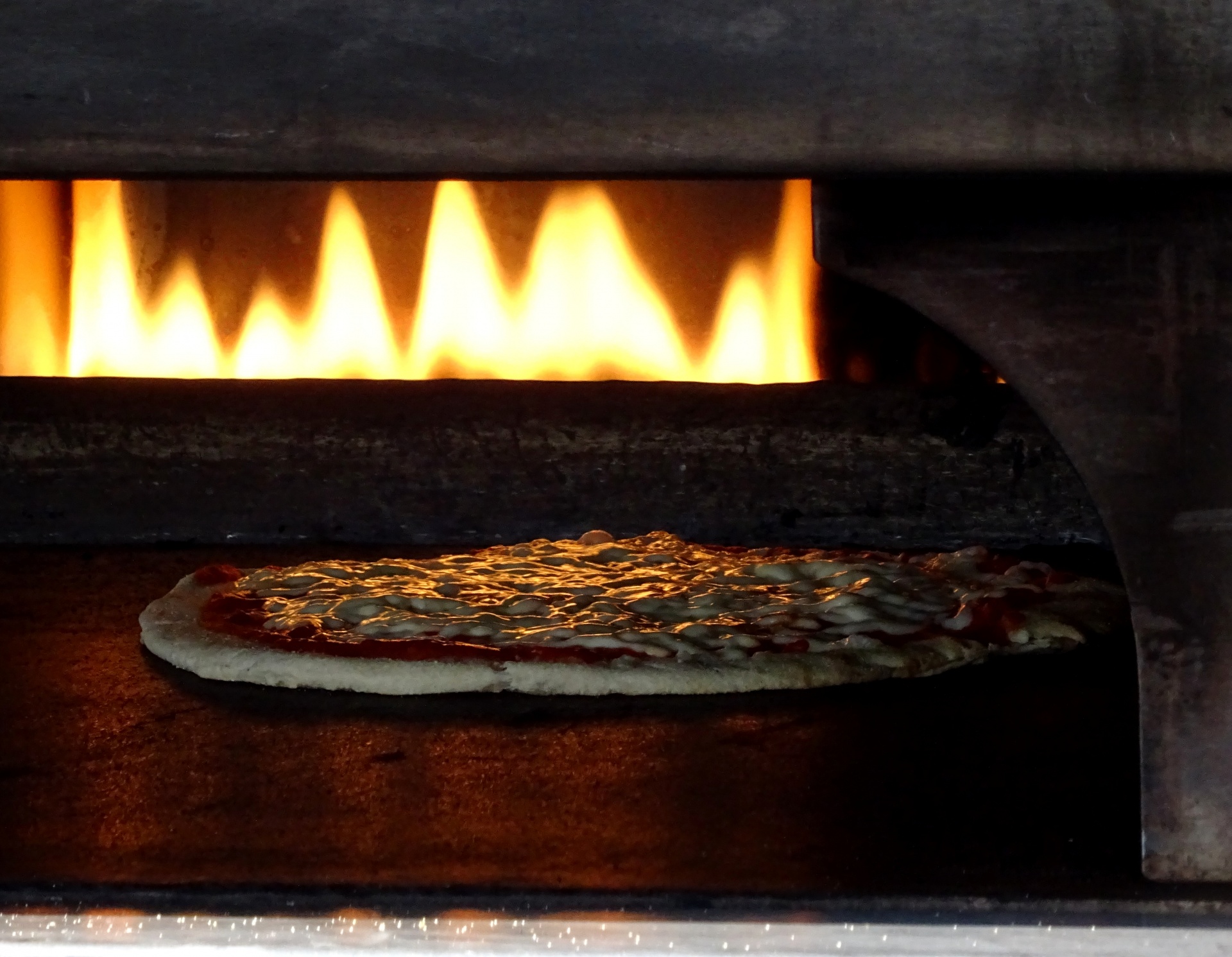
Even if you have limited space, you can also get a portable pizza oven so that it won’t take up as much space or you can store it when needed. There are different types of pizza ovens and power sources that you can choose from. Pizza ovens are also not limited to just pizzas, you can also cook meat, grill seafood, or bake bread.
Storage Area
Having drawers, cabinets, and other storage areas is important when you have an outdoor kitchen. If you keep going back and forth inside your home and yard, then you won’t be able to take full advantage of the convenience that outdoor kitchen offers.

Besides storing kitchen tools and equipment, you can also keep dishes, silverware, and glasses. You may even want to have hangers for pots and towels or an area for a paper towel holder.
Refrigerator or Cooler
It may be hard to find room for a refrigerator, but having one in your outdoor kitchen would enhance your outdoor cooking and dining experience. This will help keep your vegetables, fruits, salad, condiments, beverages, and other items fresh while you are cooking the main dish.

If you have limited space, another alternative is a beverage or wine cooler. It takes up less space than a fridge, and when things get too warm while grilling, you can grab a cool drink when taking a break. The same goes for your guests, so this is a better option if you will be serving more drinks during your parties.
Trash bin
A feature that is often overlooked when planning an outdoor kitchen is a trash bin. You should put one, even a small trash bin, so that you can easily dispose of the packaging, peels, and other items. This will keep your outdoor kitchen clean and make it more convenient for you to cook as well as clean up.
Sink and faucet
If you really want to keep things clean, you can get a sink and faucet for your outdoor kitchen. Not only does it more convenient to clean, but you also don’t have to go inside your home to wash your hands or food such as fruits or vegetables. The same goes for your guests who don’t need to ask you for the bathroom just to wash their hands.

